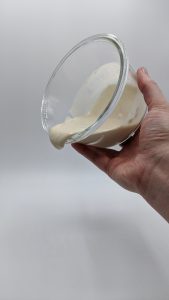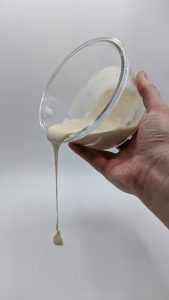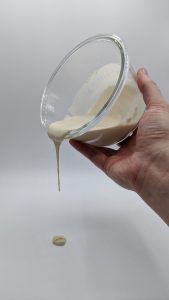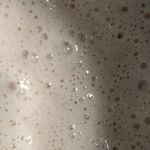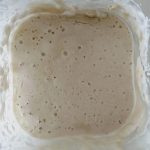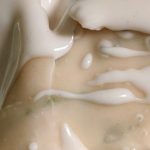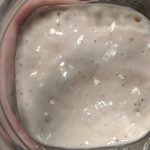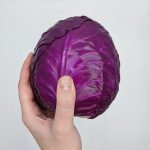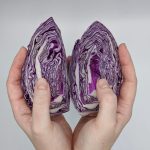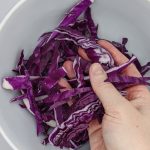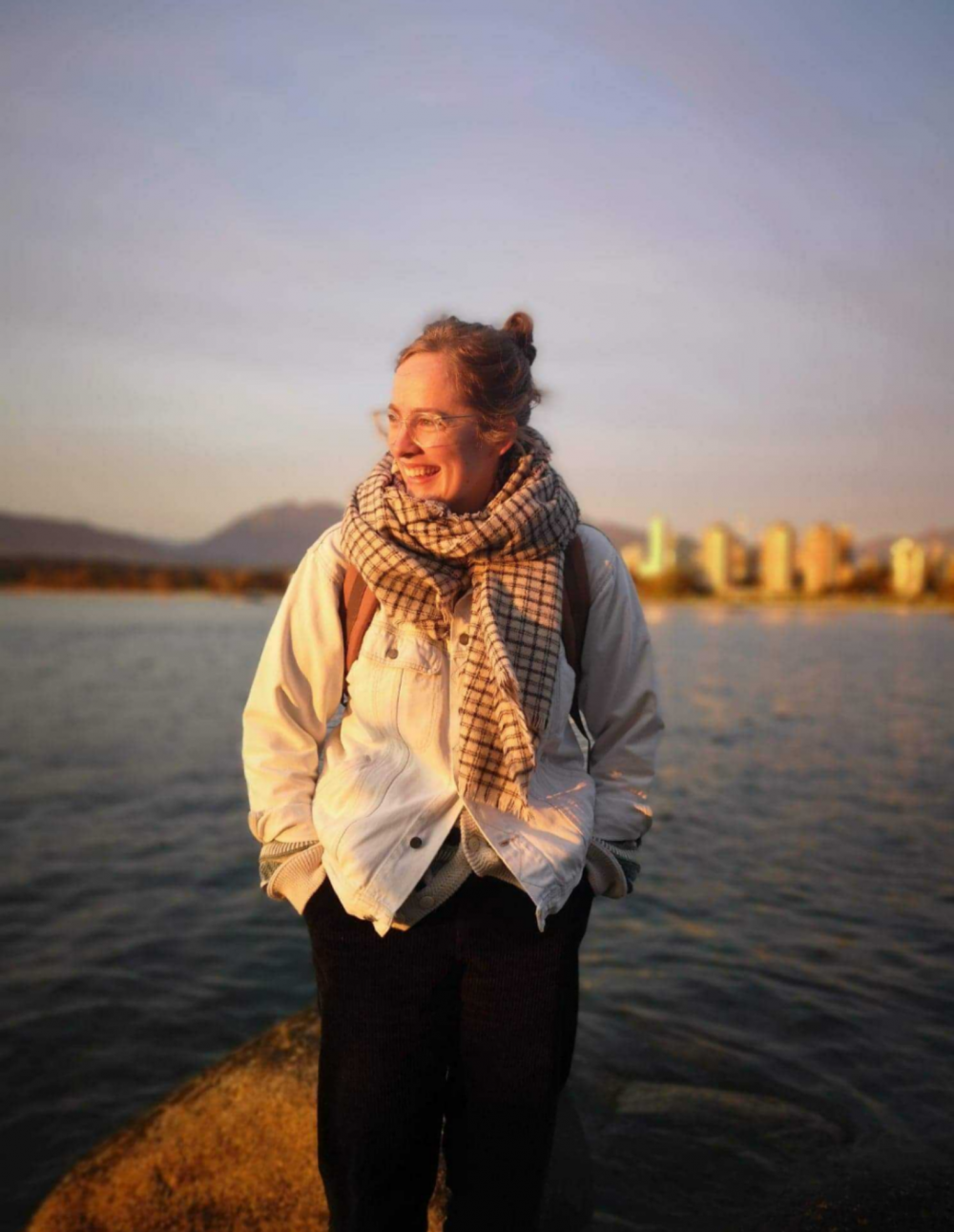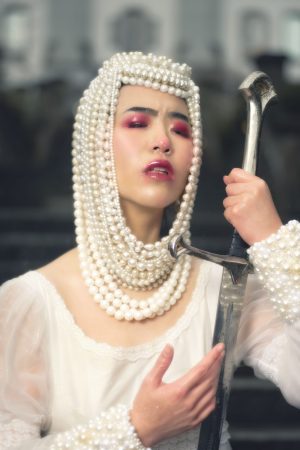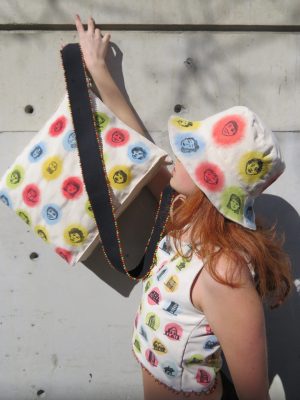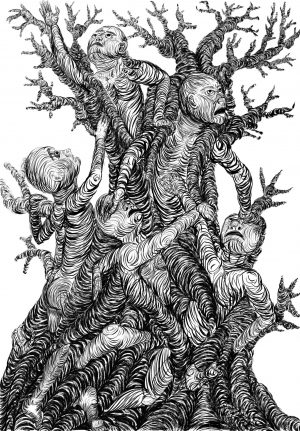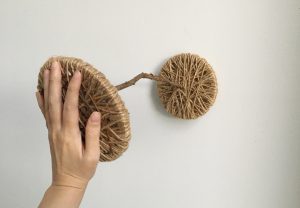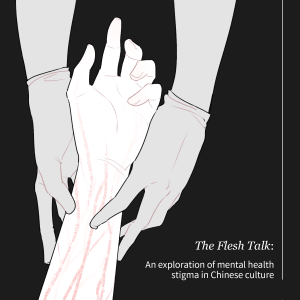Nested Bodies
Julie Van Oyen
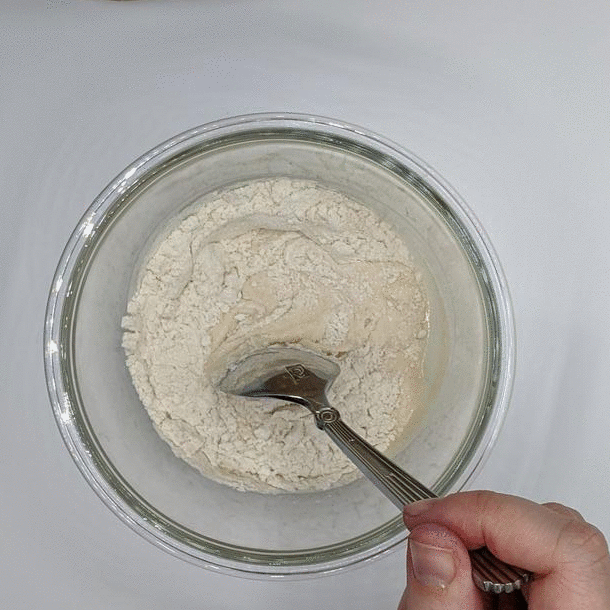
Nested Bodies: Fermentation as Embodied Praxis investigates how an ongoing, embodied, material practice of fermentation may destabilize preconceived notions of human exceptionalism and contribute to a more relational view of life in the practitioner.
Re-affirming the body as a key material of interaction design, and the interactions between bodies and ecosystems a key subject of study, this project explores how understanding the more-than-human bodies we are nested within, and have nested within us, may alter our perceptions of the worlds we live in and share.
Embodied design, embodied knowledge, fermentation, multispecies, relational self
Context
The dominant traditions of Western thought have long favoured the analytical, objective mind as that which sets humans apart from the rest of the living world, propping up ideals of human exceptionalism and anthropocentrism. These ideas are mirrored in disciplines such as design, and have resulted in massive and widespread exploitative relations enacted by humans on ecosystems and other beings.
Objectives
This project explores fermentation as an embodied praxis through which to resist and dismantle perceived hierarchies between human and nonhuman beings and systems. It reaffirms the subjective body as a key material of interaction design, and the dialogues between bodies and ecosystems a key object of study for a more relational interaction design practice.
Approach
The craft practice of cabbage and sourdough fermentation within this project developed embodied know-how—specifically knowledge which is distributed across senses such as smell, taste and touch—in the maker. A sensory attuning-to and bodily familiarity needed to develop in order to ascertain the stages and health of the various ferments, which are themselves complex and dynamic ecosystems. Some ferments were started from scratch, while others were gifted from other humans and ranged in age from weeks to decades. Any body or place the ferment had come into contact with altered its makeup, as they seeded its contents with their own microbiota.
The practice ultimately became more about the human effort to sustain the ferments, rather than the other way around. Halving, then feeding, sometimes backslopping, and washing jars and implements became an automatic process, bringing to mind thoughts of nested relations between the sensing and working body, its microbes, and those in the ferment—which have come from the land, the ambient air, the watershed, and the other human bodies who lived and worked alongside them.
Reflection & implications
The multispecies relationships explored in this project hold implications for one’s experience of being a subjective, perceiving body embedded in the world, with others. Mind-body separation in the maker is disrupted, as the praxis engages knowledge which is not centralized in the analytical mind. Rather, it does not differentiate between mind and body at all, and results from their interdependence. Ideas of human exceptionalism within interactions and making are destabilized: the human is not the only maker, nor the only eater, of this process. The microbes the human seeds and feeds within the ferment, in turn seed and feed the microbes within the human: multiple human and innumerable microbial bodies form nested collective bodies. A more relational self emerges, felt through the body as this sensitivity develops.
Developing a relational self promotes a view of selfhood that is in relation to others, as opposed to separate or excepted from. A change in the designer’s perception, in an embodied sense through expanded sensory understanding, in turn changes their approach to design. Building this kind of body-first approach into the common repertoire of interaction design may contribute to a more situated sense of designing in and with the living world around us: it invites into the work ecosystems within which our bodies are nested (and which we have nested within us), in order to help cultivate the perception of a relational self which is deeply invested in our interconnected living systems.
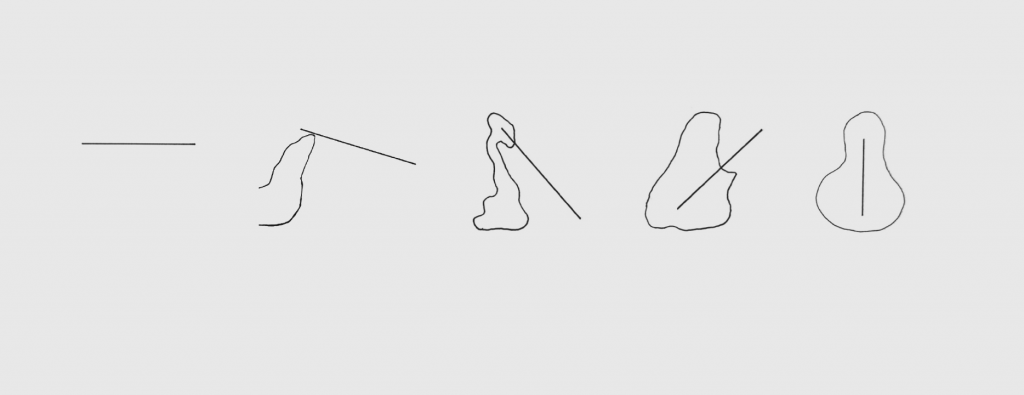
This work will be presented at the Pivot 2021 Virtual Conference, Dismantling/Reassembling: Tools for Alternative Futures, on July 22-23 2021.

